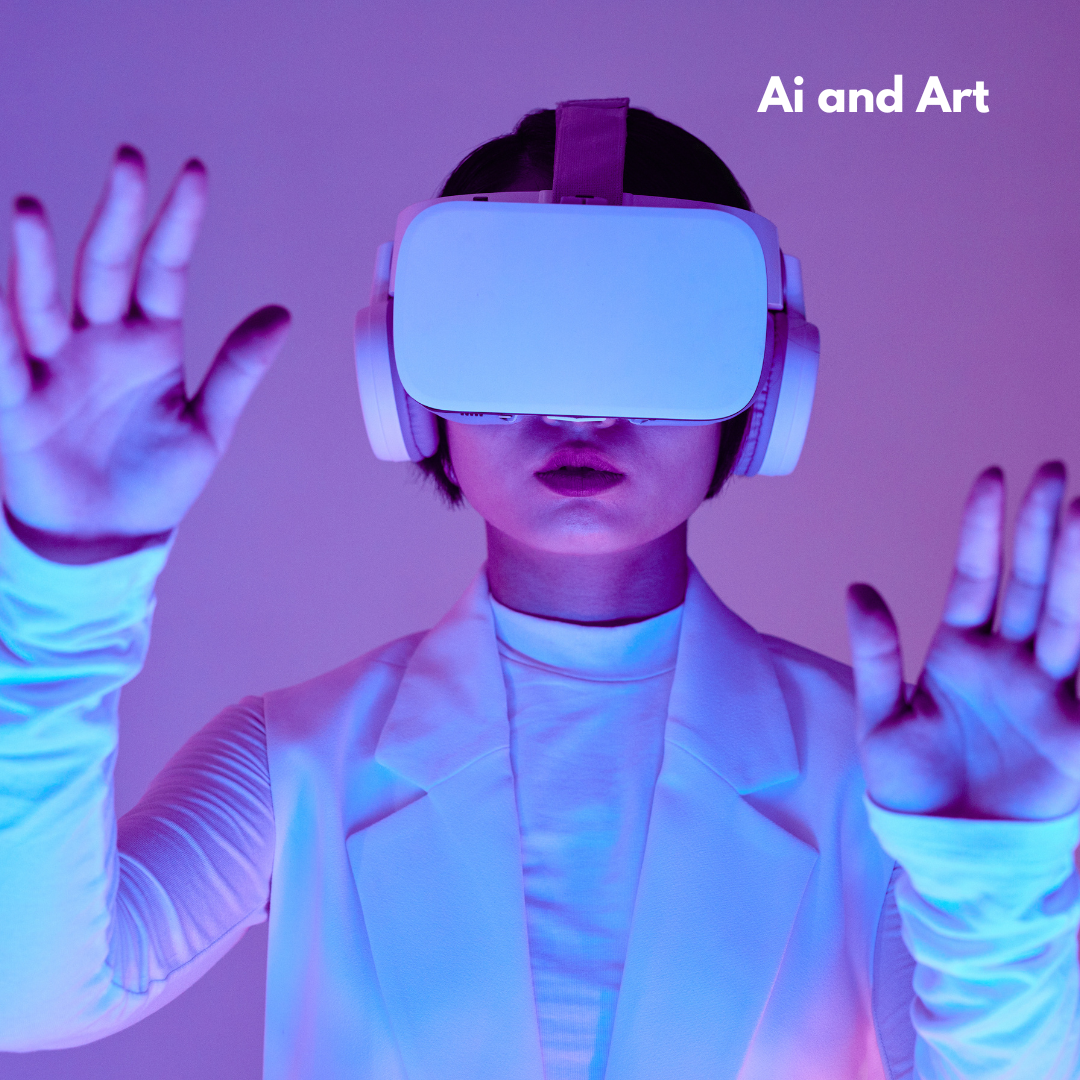
The Brush of Innovation: AI and the Evolution of the Art Market
Share
In the heart of the arts community, where the tactile intimacy of paintbrush meets canvas and the deliberate hand carves meaning into stone, a new collaborator has emerged. Artificial Intelligence, once a spectre of sterile calculations and mechanical outputs, has infiltrated the art world with a profound yet polarising presence. For better or worse, AI is reshaping not just how art is created, but how it is perceived, valued, and consumed.
To many, AI's intrusion feels paradoxical. Art has always been celebrated as the ultimate expression of human emotion and ingenuity. Yet here we are, witnessing algorithms trained on centuries of artistic endeavour produce works that mimic the brushstrokes of Van Gogh, the surrealist visions of Dalí, or even entirely original forms that defy classification. The question arises: if art can be conjured from code, does it still possess soul?
For some in our community, the answer lies in reframing what we define as art. Just as the camera was initially met with scepticism, accused of rendering painting obsolete, AI too challenges us to expand our definitions. Consider the works of artists who collaborate with AI—not as a shortcut, but as an expansion of their creative process. These pioneers treat algorithms as tools, akin to a sculptor’s chisel or a filmmaker's lens, coaxing human insight from digital logic. The result is art that is not entirely human nor wholly mechanical, but something new, a synthesis of intuition and computation.
The impact of AI on the art market itself is equally transformative. Digital galleries, NFT marketplaces, and online curation platforms now thrive, offering artists—human and AI alike—unprecedented access to global audiences. AI is also shaping trends by analysing data on collectors’ preferences, helping galleries curate exhibitions and auctions with almost unnerving precision. This evolution democratises art in a sense, but it also raises ethical concerns about homogenisation and the commodification of creativity.
Critics of AI art often point to its potential to destabilise the traditional art economy. Why commission a portrait when an AI can generate one in seconds for a fraction of the cost? Why pursue an MFA when algorithms are increasingly capable of outperforming human draftsmen? Yet, these fears echo the same anxieties that once greeted every disruptive innovation, from the printing press to photography. History shows that new tools rarely extinguish the old; instead, they add layers to the ever-growing tapestry of human expression.
Of course, there are risks. As AI-generated works flood the market, there is a danger of oversaturation, of art becoming so ubiquitous it loses its power to provoke and transform. The arts community must remain vigilant, advocating for authenticity, intentionality, and the preservation of art’s deeper purposes in an age of instant gratification.
Ultimately, AI is not the death of art, but an invitation to rethink its boundaries. It challenges us to ask: is art defined by its creator, its intent, or its impact? In navigating these questions, we must hold onto the essence of what makes art essential: its ability to connect, to communicate, and to remind us of our shared humanity—even in the age of machines.
